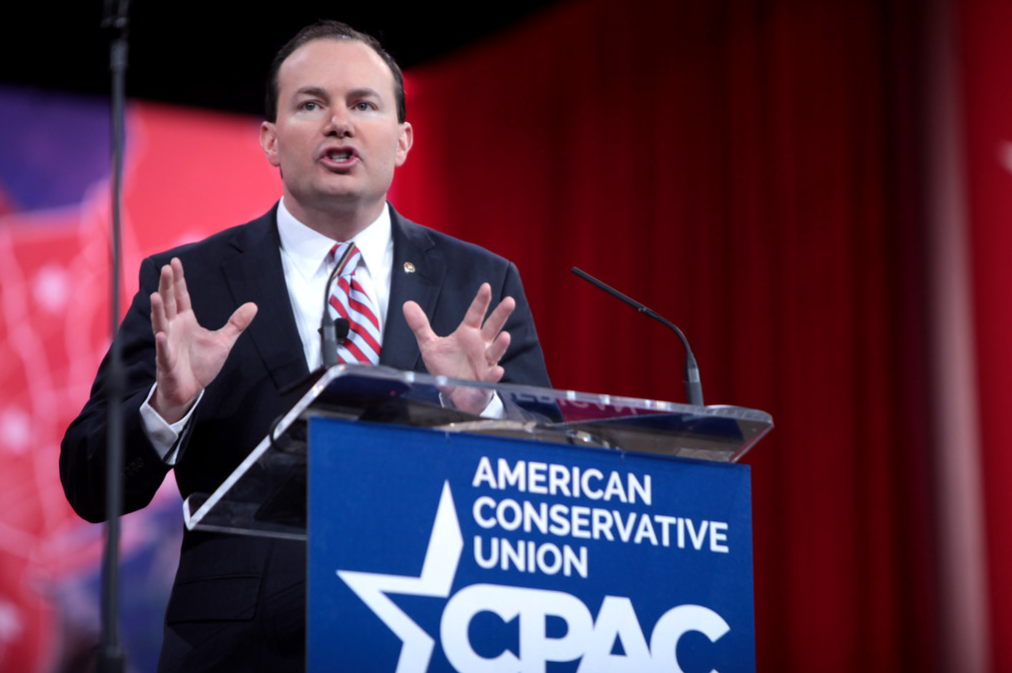Hollywood has long been criticized for its lack of originality, but it appears the movie industry has taken this critique to a new level with the phenomenon of “twin films.” These are movies released within a year of each other, often by competing studios, that share eerily similar plots or themes. It’s like finding out your unique, handmade Halloween costume has a store-bought twin – surprising, slightly annoying, but ultimately fascinating.
Examples of these cinematic doppelgängers are plentiful. Remember scratching your head in 2011 trying to distinguish between “Friends with Benefits” and “No Strings Attached”? Or perhaps you found yourself in a cinematic déjà vu with “Olympus Has Fallen” and “White House Down”? These pairs are just the tip of the iceberg in a long tradition of Hollywood mirroring itself.
The question is, why does this happen? Some speculate it’s industry gossip turning into a game of telephone, where an original pitch gets whispered from studio to studio until multiple versions are in production. Others suggest a more strategic approach, where studios, upon hearing a competitor is developing a certain type of film, rush to release their own take on the concept to not miss out on a trending genre or theme.
Reddit users have dived deep into this topic, offering theories that range from intellectual property strategies to a simple lack of new ideas. Whatever the reason, once you’ve noticed this pattern, it’s hard to unsee it. It’s as if Hollywood is less of a collection of creative minds and more of a pair of parallel universes where ideas are reflected back and forth.
While some might argue that twin films dilute the uniqueness of a story, others find pleasure in comparing how different filmmakers tackle similar premises. It turns each movie-going experience into a “spot the difference” game, adding an extra layer of engagement for the audience.
In the end, whether it’s a race to capitalize on trends or just coincidental timing, these twin films highlight Hollywood’s ongoing struggle between creativity and commercialism. So next time you notice two suspiciously similar films on the marquee, remember: in the world of cinema, imitation isn’t just a form of flattery—it’s business as usual.




